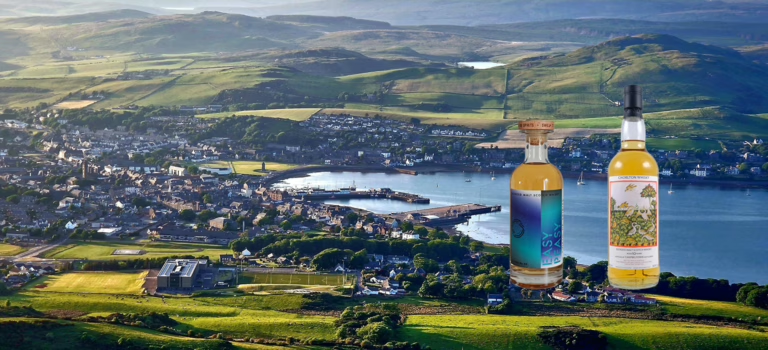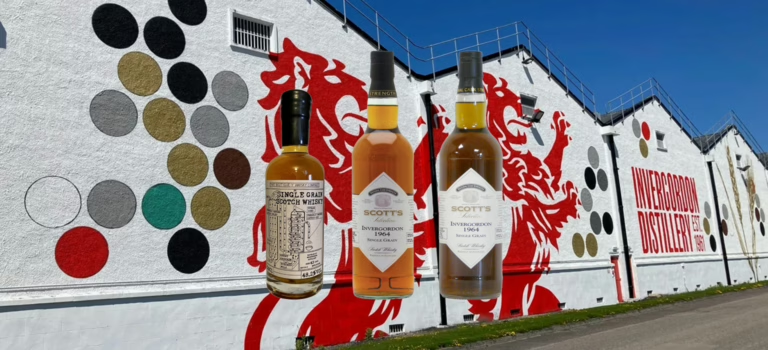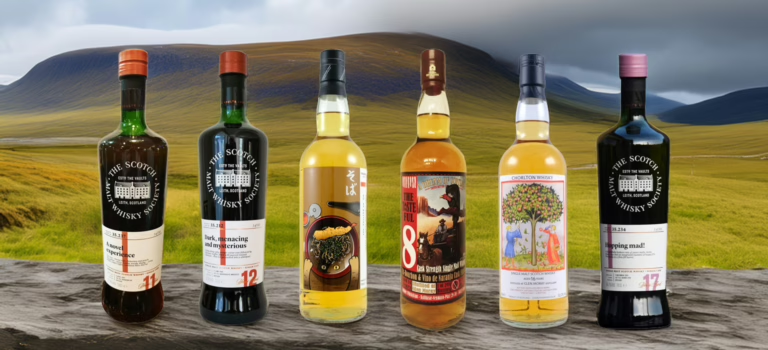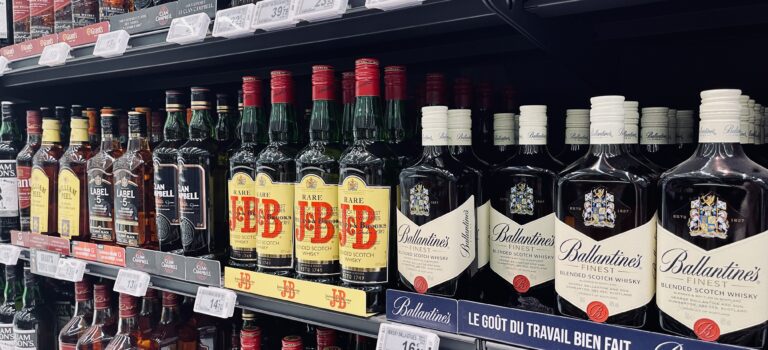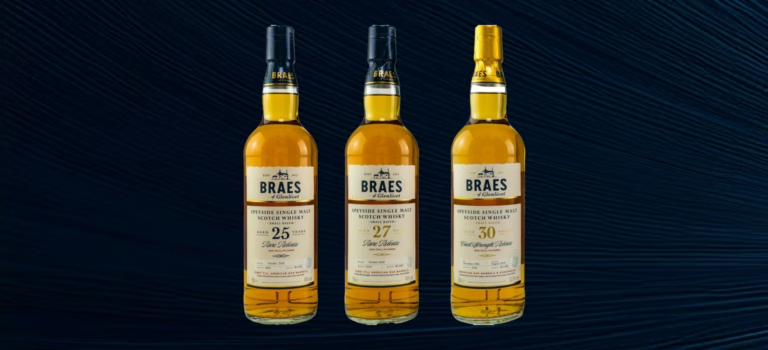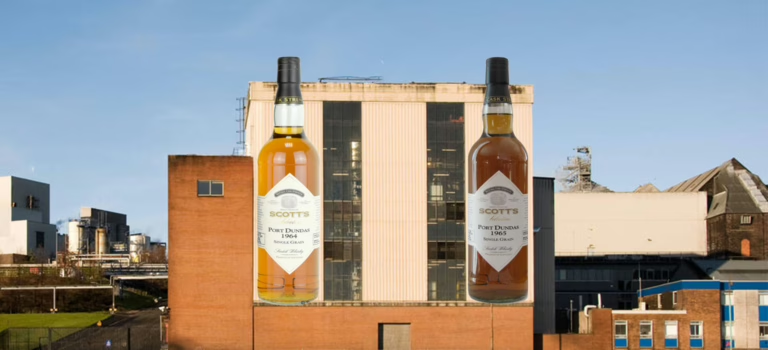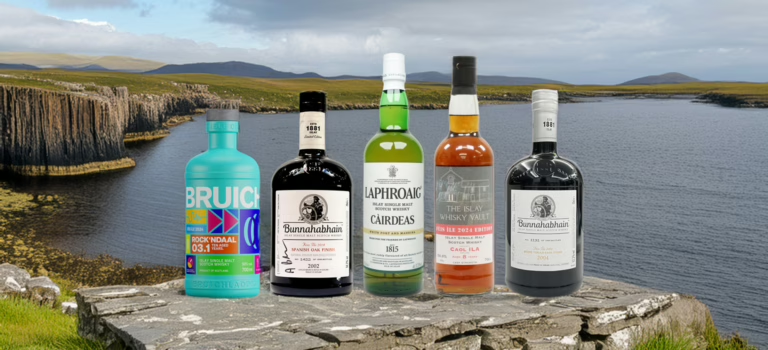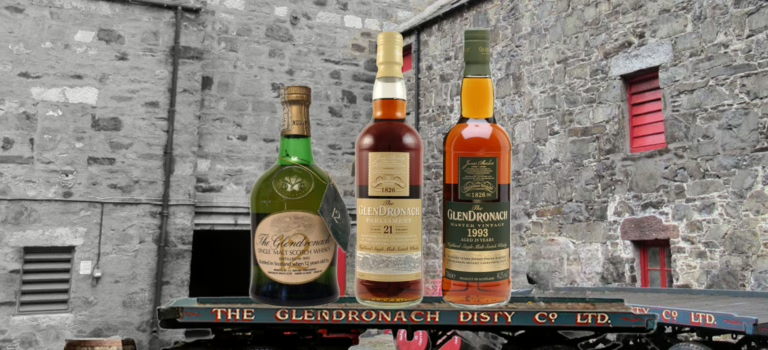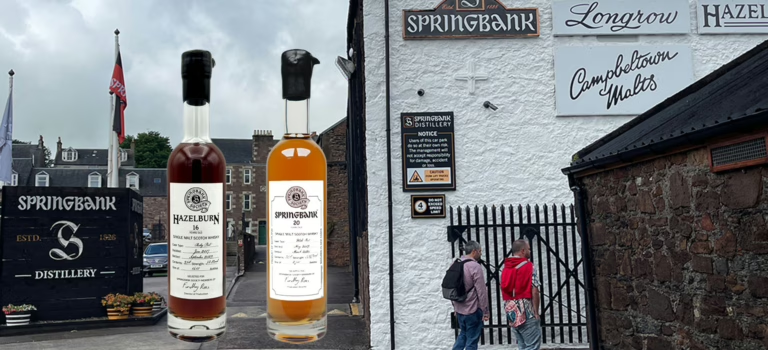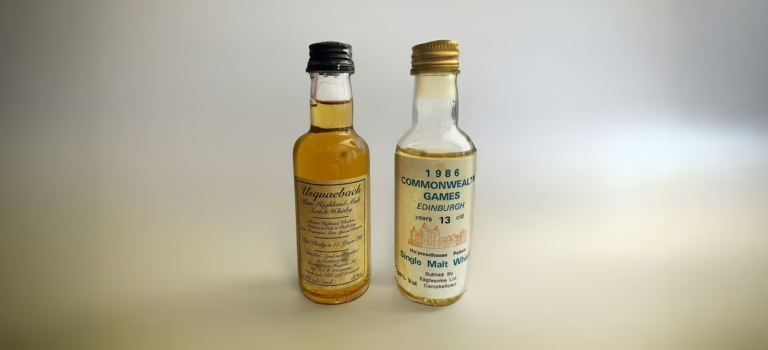When an independent bottler releases a blended malt, it can mean one of two things. First, it might be a true blended malt-a carefully crafted combination of single malts sourced from different distilleries, skilfully married to create a unique flavour profile. Alternatively, it could be what’s known as a ’teaspooned’ single malt. In this scenario, and as we’ve already mentioned in the past, the original distillery, wishing to keep its name under wraps, adds a tiny amount – just a teaspoon – of another single malt to the cask. This minuscule addition is enough to legally classify the whisky as a blended malt, even though it has virtually no effect on the taste. In some cases, that ’teaspoon’ might be purely virtual – a symbolic gesture rather than a physical addition – used solely to navigate labelling regulations without altering the whisky itself.
Today on our tasting table, we have two intriguing Campbeltown Blended Malts: one from Swell de Spirits and another from Chorlton Whisky. Let’s dive in, savour each dram, and see if we can guess what’s really in the glass!
Read more